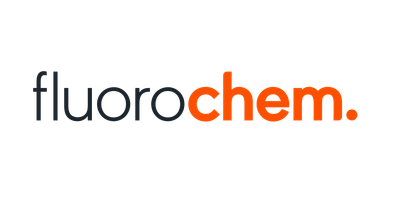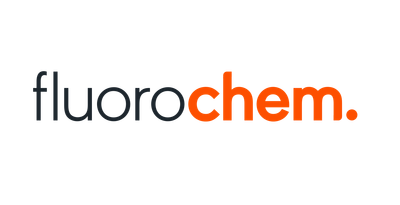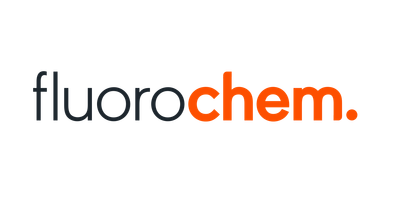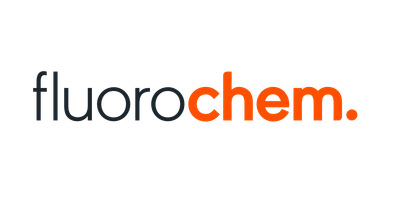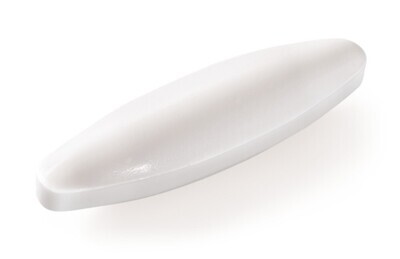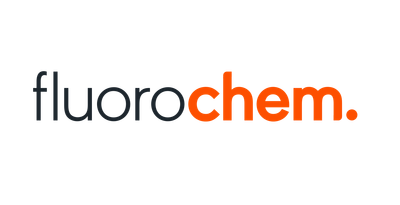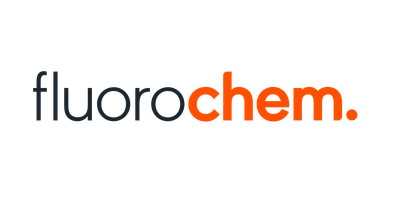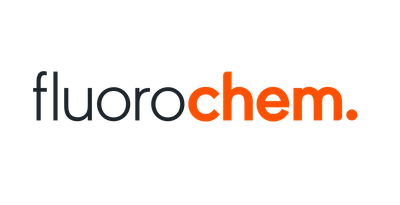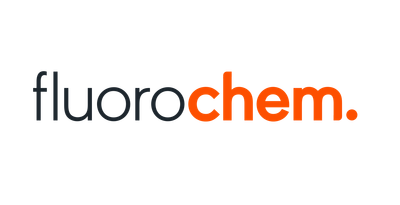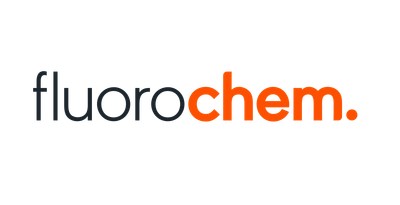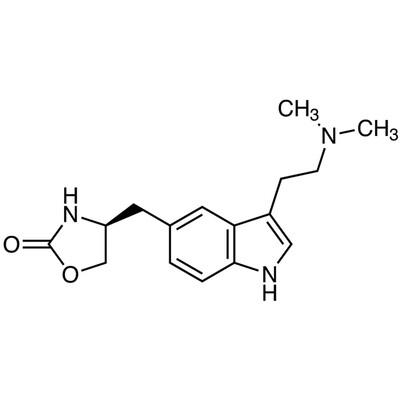Verzending 24–48 u • Levering in de hele EU • Veilige chemieverpakking
Chromium(III) chloride, anhydrous powder 97% 25 g
SKU 001593
€ 67,50
In stock
1
Save this product for later
Chromium(III) chloride, anhydrous powder 97% 25 g
Product Details
CAS number: 10025-73-7
Chemical formulas: CrCl3/ F.W. 158.35/ powder
Cation: Cr
Packaging: 25 g
EAN: 8721028219343
Brand: Laboratoriumdiscounter
Chromium(III) chloride, anhydrous powder is a versatile compound used in various industrial applications. With its unique properties, it serves as a catalyst, corrosion inhibitor, and pigment in the production of dyes, paints, and coatings. This high-quality powder ensures optimal performance and stability, making it an essential ingredient in many chemical processes. Discover the endless possibilities of Chromium(III) chloride, anhydrous powder for your specific needs.
When working with Chromium(III) chloride, anhydrous powder, it is important to follow proper safety precautions to minimize the risk of accidents or exposure. Here are some short safety instructions to consider: 1. Personal Protective Equipment (PPE): Always wear appropriate PPE, including gloves, safety goggles, and a lab coat or protective clothing, to protect your skin, eyes, and clothing from potential contact with the powder. 2. Ventilation: Work in a well-ventilated area or use a fume hood to prevent the inhalation of dust or fumes. Avoid working in confined spaces. 3. Handling: Use caution when handling the powder to prevent spills or dispersion into the air. Avoid generating dust by gently handling the container or using appropriate tools. 4. Storage: Store Chromium(III) chloride, anhydrous powder in a tightly sealed container in a cool, dry place away from incompatible substances. Follow any specific storage instructions provided by the manufacturer. 5. Avoid contact: Avoid direct contact with the powder. In case of accidental contact, immediately wash the affected area with plenty of water and seek medical attention if necessary. 6. Spills: In case of a spill, carefully clean it up using appropriate methods, such as using a damp cloth or vacuum cleaner equipped with a HEPA filter. Avoid sweeping or dry cleaning methods that may disperse the powder into the air. 7. Disposal: Dispose of any waste or unused Chromium(III) chloride, anhydrous powder according to local regulations and guidelines. Do not dispose of it in regular trash or down the drain. 8. Emergency procedures: Familiarize yourself with the emergency procedures and location of safety equipment, such as eyewash stations and fire extinguishers, in case of accidents or spills. Remember, these instructions are not exhaustive, and it is essential to consult the specific safety data sheet (SDS) provided by the manufacturer for detailed safety information and handling guidelines.
Please note, not all safety data for this product is available on our website, for a complete list of P en H sentences and other safety instructions please request the MSDS at our customer service
You May Also Like
End user declaration required
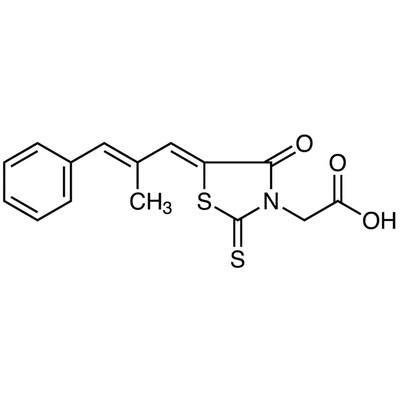
Epalrestat>98.0%(HPLC)(T)1g
Epalrestat>98.0%(HPLC)(T)1g
Only for registered companies
SKU E0906-1G
€ 25,30
Display prices in:EUR

